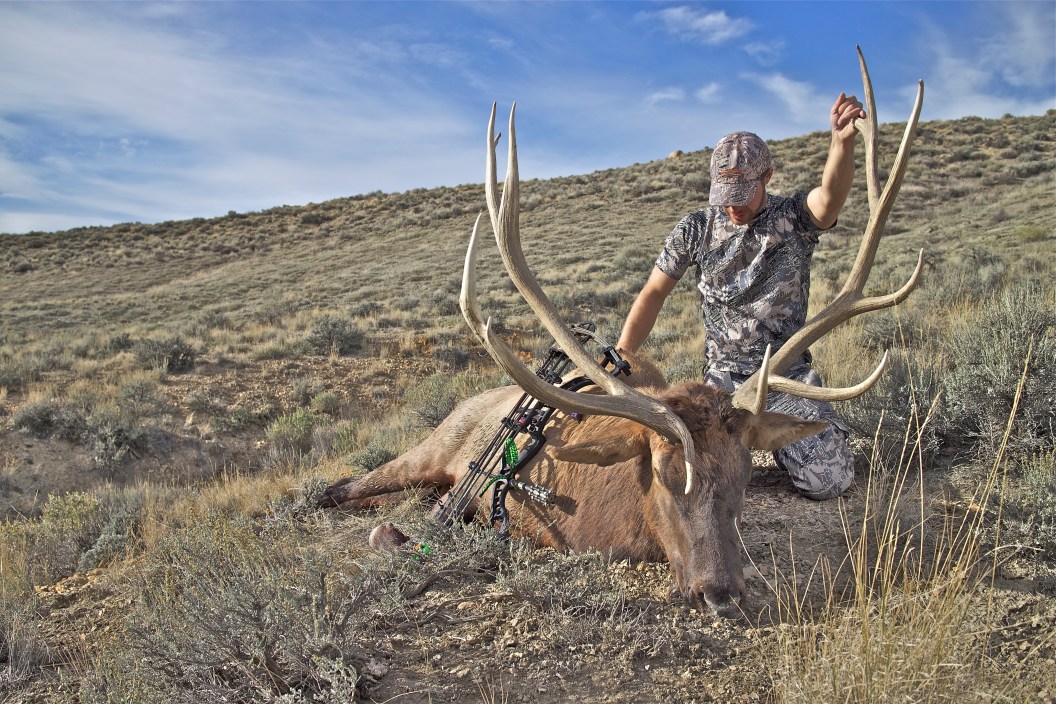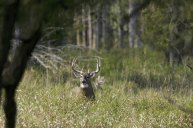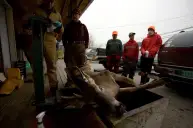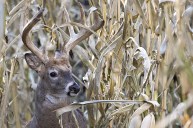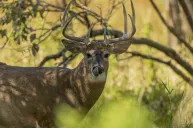The wind is right, and you're tucked behind cover. A mature deer makes its way towards you, one step at a time. Your heart starts to thump wildly in your chest. Just a few more steps until it's in range. The sounds of the moment are booming in your ears: the crunch of leaves under hooves, the blood surging in your veins, and the "whoosh" of your hunting jacket as you adjust into shooting position. Finally, the deer is here, and it stops broadside. You squeeze the trigger.
As hunters, we often think of the moment we shoot at an animal as the climax of the hunt. And while that's the moment we work towards all season, there's still so much to do after that happens. But because of the rush of adrenaline, we're sometimes left wondering, "Now what?"
Beyond remembering to breath, there are a few important things to do immediately after taking a shot at a deer or big game animal to set ourselves up for a (hopefully) successful blood-trailing job.
1. Mark the Spot
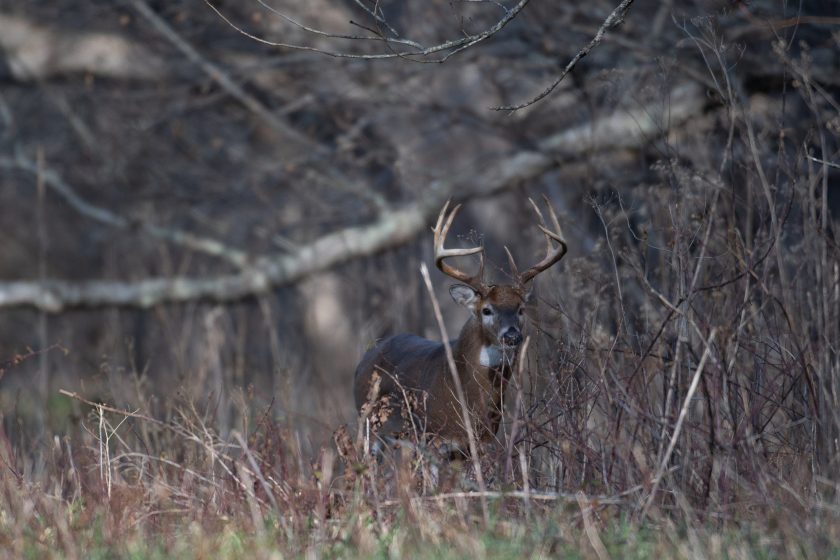
Here is where all that preseason scouting should come in most valuable. Knowing the area around your stand should be as second nature as knowing your own backyard, particularly when it comes to distances. For most deer hunters, it can mean distances in the 25- to 50-yard range for bowhunters, and out to 150 yards or more during rifle season. For other big game, this is where glassing comes in handy to identify likely places where game will appear and promptly exit after the shot.
It's not always the easiest thing to do during the excitement of the moment, but as soon as your arrow or bullet connects, you should mentally mark the physical location where it happened, and have a solid idea where the animal ran to get a bearing as to where you should start looking for blood sign.
2. Analyze Its Reaction
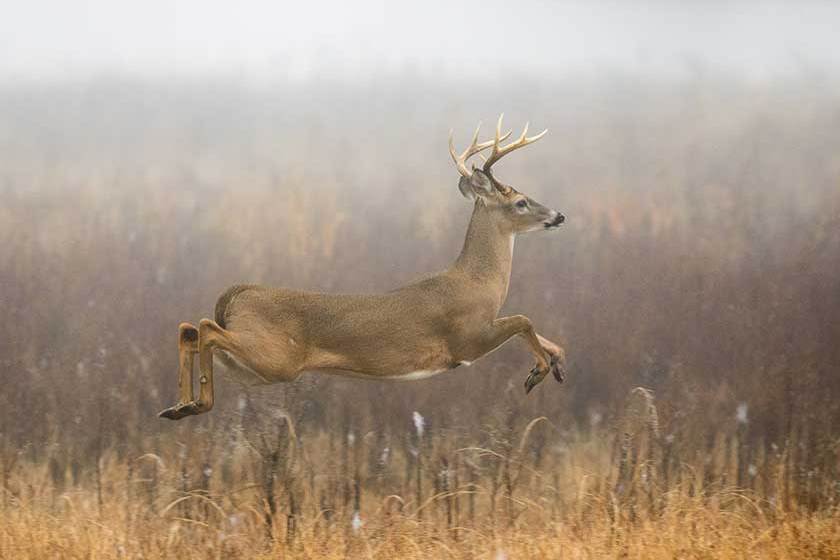
The reaction that wild game has to the shot can mean a lot to a hunter—both positive and negative. Staying aware of its reactive body posture is the key to starting and ending your harvest.
The Good
- A jumping "mule kick" that lets you know it's been struck
- A low, stiff-legged posture on the run
- A tail-tucked and uncertain path as it scrambles away
The Bad
- Initially runs but stops immediately trying to discern what just happened
- Any sign the animal is fully alert
- A high-tail escape with the others in its group
One thing that can happen to the best of us is trying to take a peek at the result of the shot too soon, thereby spooking into flight a mortally injured animal.
3. Wait, Watch, and Listen
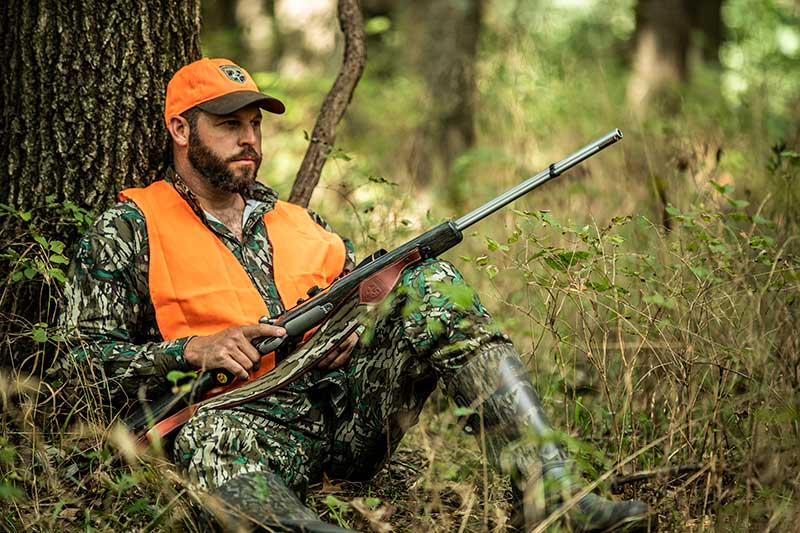
Mossy Oak
While bowhunters know and love that telltale "thwack" of an arrow strike, it's not always that simple to know when a bullet or slug hits the target on a big game animal. Moose hunters often report that bulls hit square in the vitals react as if nothing happened and saunter off into the brush.
We can't always see what happens with the animal after it disappears into cover, but many times we can hear it. It's not always easy to tell, but you can listen for the marked difference between an animal crashing through the cover after a vital hit versus one just running to escape.
Most veteran hunters will tell you that they wait for at least 30 to 45 minutes before getting out of their stand or crossing that ridge to begin looking for blood sign. If you move in too quickly, the animal's flight instinct can kick in and, along with their flush of adrenaline, wounded game can and will jump up and start running again, sometimes for several hundred yards.
4. Give Thanks
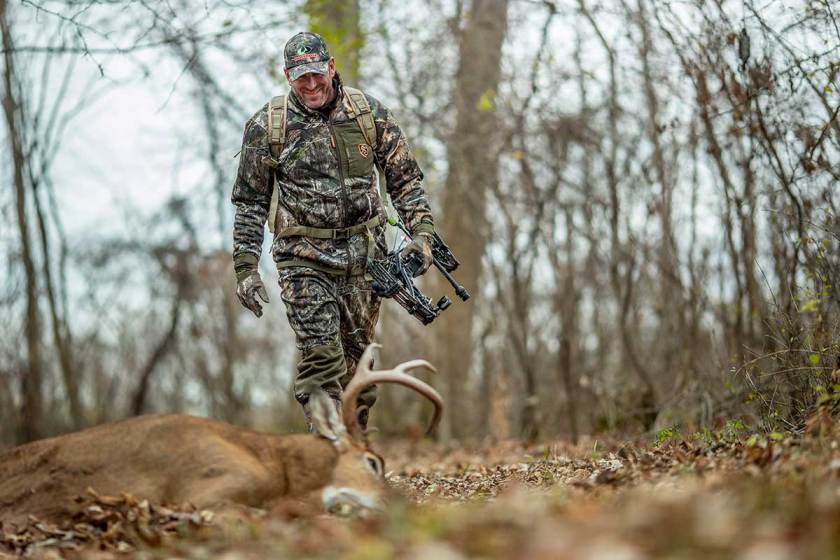
Mossy Oak
Sure, this isn't a technical maneuver, but for any outdoorsman or woman who's fortunate enough to see their hard-earned wild game drop on the spot, it should go without saying that we don't have to wait until we trail the animal or get down from our stand to give thanks for its life.
Knowing what it takes for that creature to exist in the wild and how hard it is to fool in its own environment is one thing, but giving thanks to the higher power that gave us dominion over these creatures should be standard procedure for all of us.
